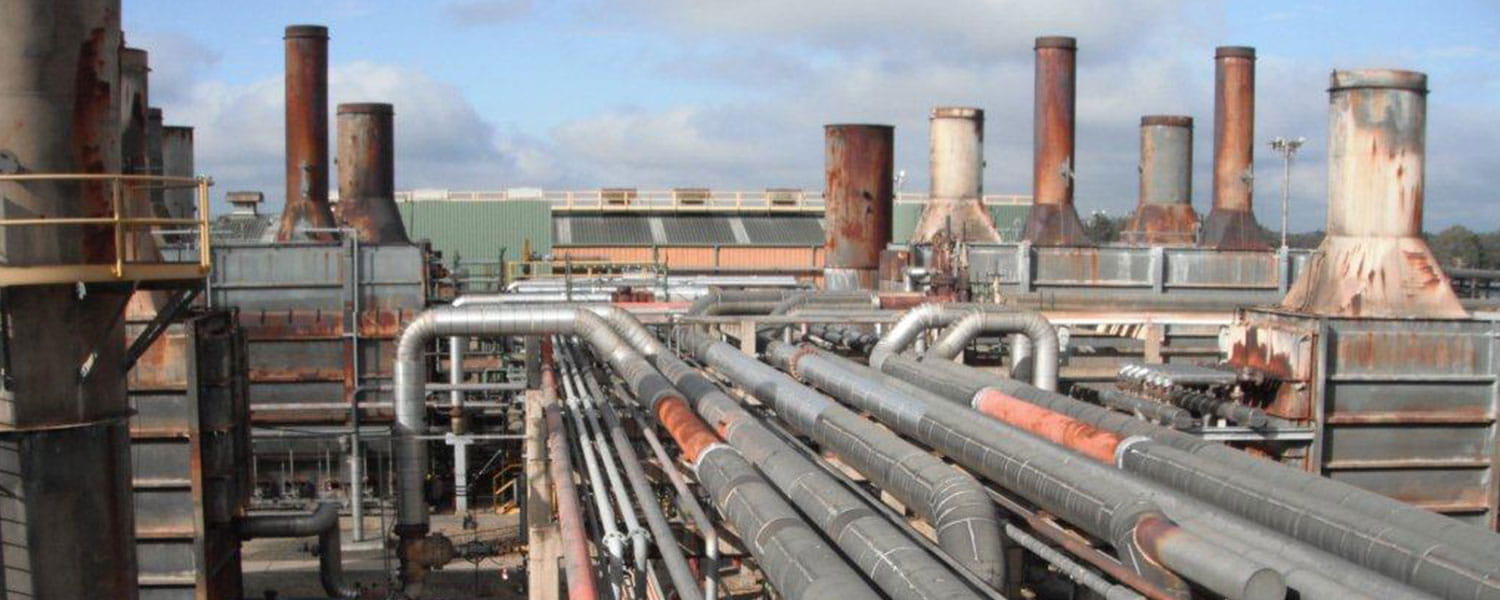Designed 50 years earlier, our client’s crude stabilisation plant had been designed for a specific crude oil. The duty for the plant was changing – crude oil production flowrates were declining and the blend in the feed stream to the plant was shifting. Operating costs were driven by a high equipment count in the plant and reliability was becoming a challenge due to the age of the assets.
The situation
Designed 50 years earlier, our client’s crude stabilisation plant had been designed for a specific crude oil. The duty for the plant was changing – crude oil production flowrates were declining and the blend in the feed stream to the plant was shifting. Operating costs were driven by a high equipment count in the plant and reliability was becoming a challenge due to the age of the assets.
To address these issues, our client wanted to provide simple, reliable crude stabilisation service combined with a low operating cost by:
-
Reducing the equipment count
-
Improving the reliability of remaining equipment
-
Ensuring reliable operation at lower flowrates
-
Reducing the footprint of the plant
With a plant of this scale, complexity and age there were many competing issues that needed to be assessed, selected and defined. The complexity of the competing objectives had inhibited progress on addressing the many issues affecting the plant today and into the future.


